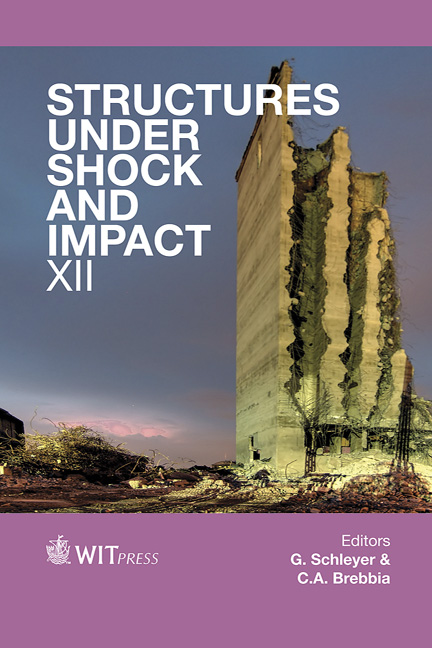An Outline Of RC Buildings Performance Under Tsunami Triggered By The East Japan Great Earthquake
Price
Free (open access)
Transaction
Volume
126
Pages
10
Page Range
315 - 324
Published
2012
Size
1,341 kb
Paper DOI
10.2495/SU120281
Copyright
WIT Press
Author(s)
C. Cuadra & S. Ishiyama
Abstract
The Great East Japan Earthquake on March 11, 2011 is the most powerful known earthquake that has hit Japan with a magnitude 9.0 and epicentre at 129 km of Sendai city of the Tohoku region (north-east region of Japan). The earthquake triggered a destructive tsunami with run up height of up to 38 meters that mainly affected cities located on the Pacific Ocean coast of the Tohoku region. Reinforced concrete buildings in general resist a tsunami without collapse; however, non-structural elements like panels and ceilings were severely damaged. In this report, the characteristics of the damage and behaviour of RC buildings during the tsunami action is discussed based on the field survey of the damage in selected cities located on the coast of the affected zone. The analysis will allow us to understand the behaviour of these kinds of buildings and also to establish recommendations for their use as places of refuge from a tsunami in places where the natural topography makes it impossible to reach hilltops or other safer places. Keywords: tsunami, RC buildings, East Japan Earthquake, seismic damage.
Keywords
tsunami, RC buildings, East Japan Earthquake, seismic damage





